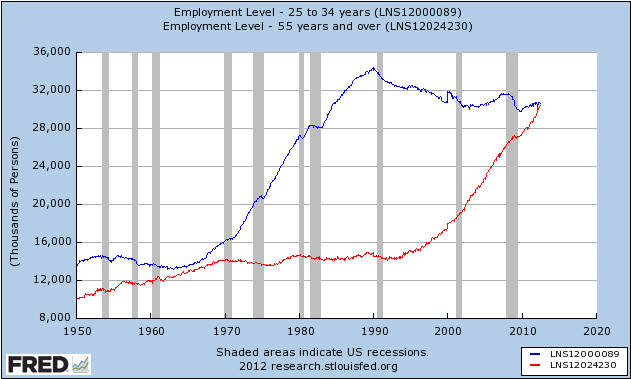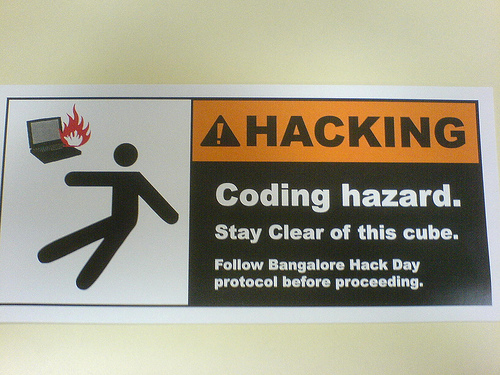Speed Kills: Or, what can you accomplish in 90 days?
As if you needed any more reminders about the importance of speed - to take decisions, to build the right team, to execute a plan, and to deliver something tangible to your customers, (whomever they are), then take a look a this story - 'A Chinese Company Plans To Build The World's Tallest Building In Just 90 Days'.
Yep, over 800 meters tall, (that is like, 235,450 feet or so I think), and planned to rise 10 meters taller than the current world's tallest building, the Burj Khalifa in Dubai. But compared to the Burj, which was constructed at an estimated cost of US $1.5B, and was completed over a period of about 6 years, the Sky City, (the name for the Chinese tower), is planned to be built at an approximate cost of US $625M and be completed in a mind-boggling 90 days. Bolt
Bolt
The company behind the Sky City project made news earlier this year with their construction of a 30-story hotel in only 15 days, so even if Sky City proves to take a little longer than three months to complete, (it has to one would think), it does seem likely that on a cost/time basis that Sky City will be erected in far, far less time than the Burj, and really any other similarly massive structure.
The big point in all this? That speed, ability to scale quickly, and out-execute the competition is fast becoming, (maybe it has always been this way, I suppose), more critical than chasing down absolute cost advantages by adjusting supply chains, relocating facilities, and beating the crap out of suppliers on price. The reason Sky City will cost less than half of the Burj isn't due to relatively cheap Chinese labor, it's that through process improvements, innovations in design and pre-fabrication, and precise and relentless execution the tower can be constructed in a fraction of the time it took for the Burj.
One more tidbit of data that seems to back up this argument, from a recejt Hackett Group report titled 'Reshoring Global Manufacturing: Myths and Realities', (PDF), that examines some of the key drivers behind firms like Apple's manufacturing and supply chain strategies:
The U.S. lacks the sheer labor capacity that would be required in order to ramp up production of iPads at the speed needed to maintain the company’s edge in the hyper-competitive tablet and mobile device market.Thus one may assume that Apple’s manufacturing sourcing strategy is primarily motivated by scalability and supply chain risk, and only secondarily by total landed cost.
Bottom line - easily copied competitive differentiators, like chasing labor cost advantages, eventually, and often faster than you think whittle down to almost nothing.
What persists is the sustained ability to out execute, and to consistently deliver more, with solid quality, and demonstrable results and impact in shorter and shorter timeframes.
What's on your 90-day plan?
However ambitious it seems right now, remember somewhere out there one of your competitors is dreaming much, much bigger. Maybe even tallest building in the world big.

 Steve
Steve




